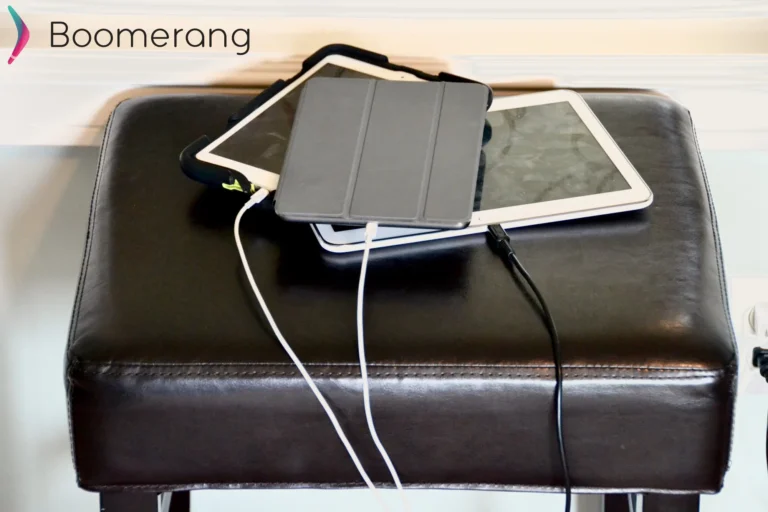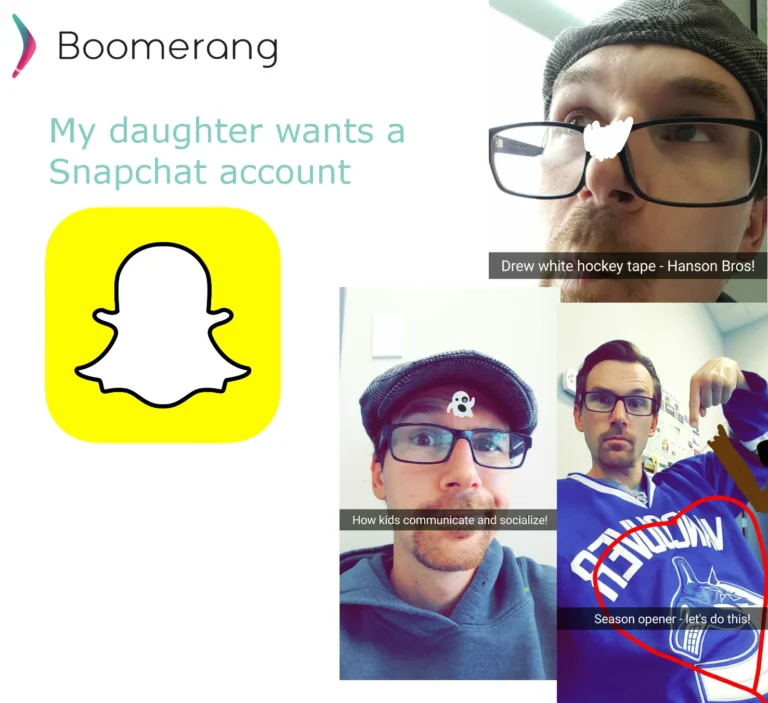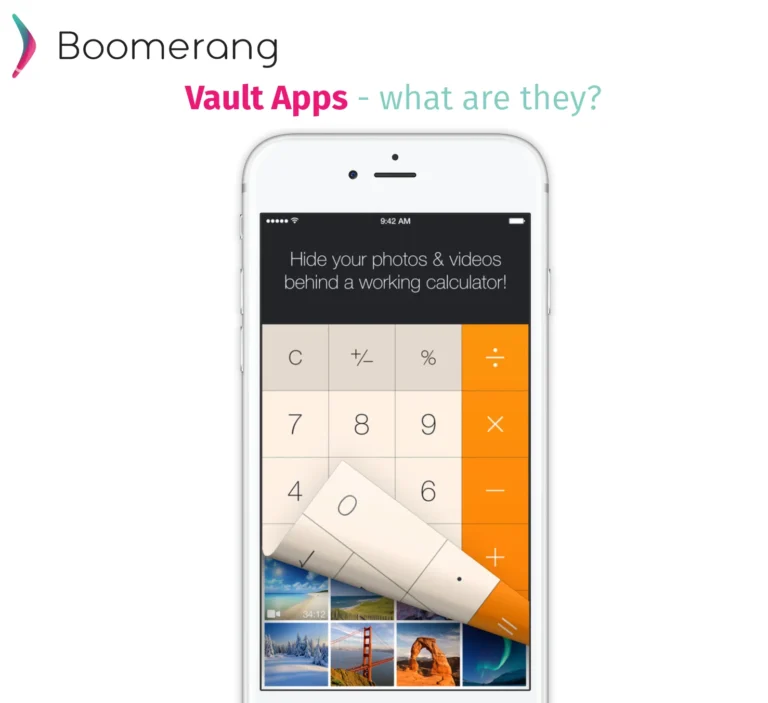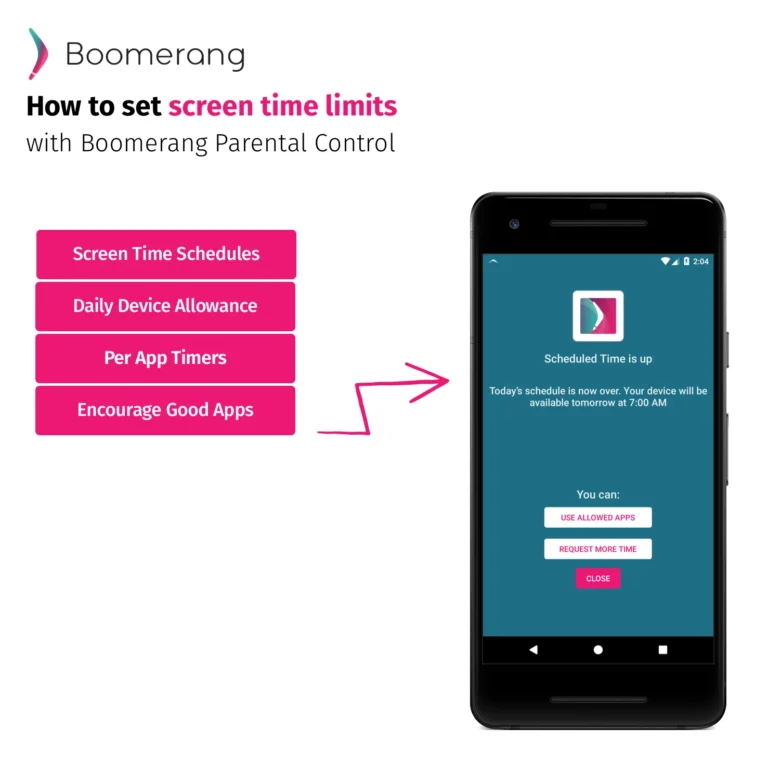12
Sep
2017
What You and Your Kids Need to Know About Livestreaming
September 12, 2017
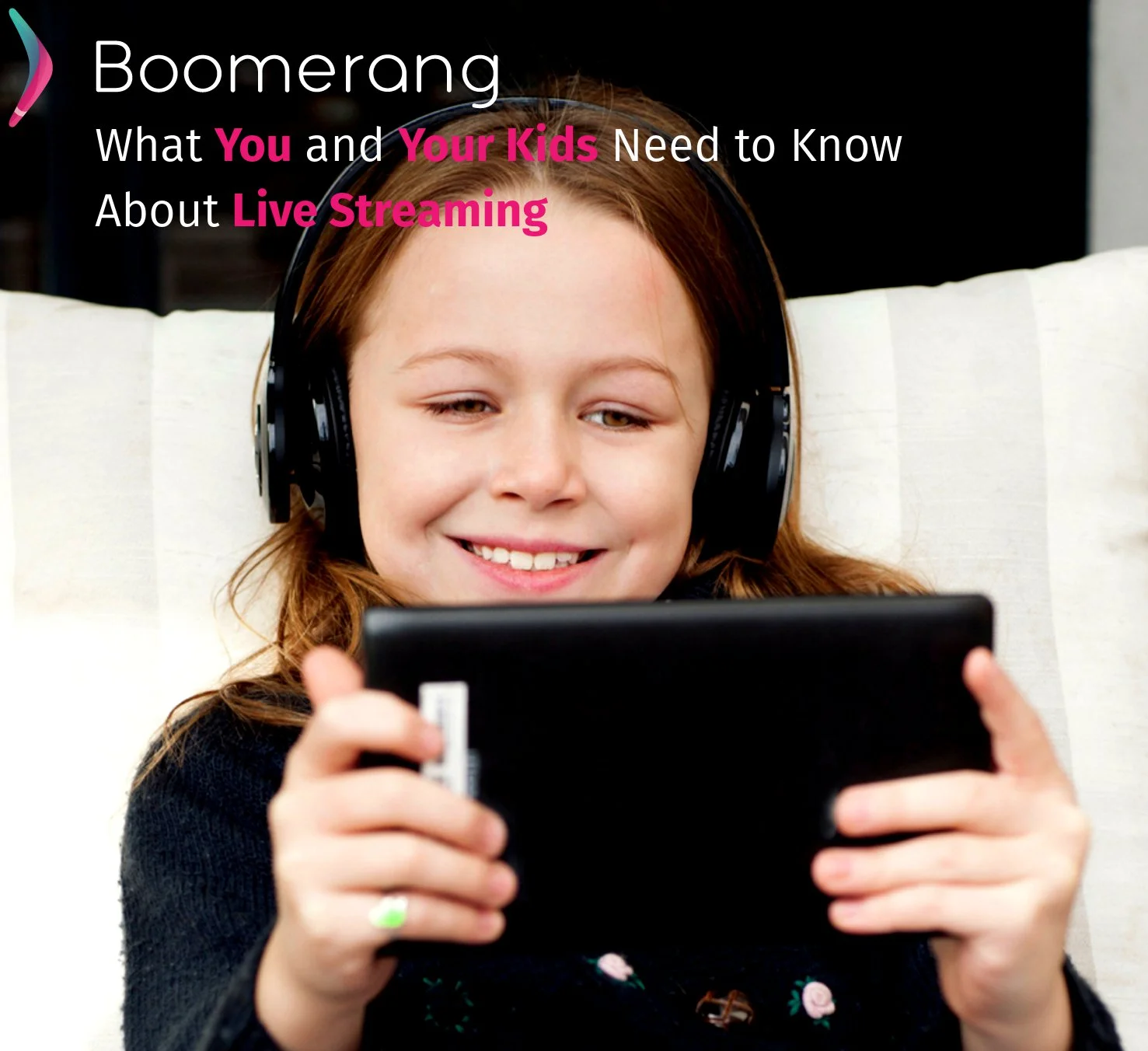
Written by Sarah Kimmel from Family Tech Zone. We live in a social world where we feel compelled to take pictures of our lunch and post them online for all of our friends to see, and comment, and like. Everywhere you go there is the potential that a camera is recording everything you do. In this landscape of oversharing, it’s no wonder that live streaming has become so popular. When Meerkat launched in 2015, it instantly became a successful social media network. Twitter soon jumped on the live streaming bandwagon by purchasing Periscope that same year. Now with all the major social media players offering live streaming it is becoming more popular than ever! This is new ground for kids and parents to navigate, as there are dangers that are very different from watching a regular YouTube channel, or a show on TV. A child who is 13 has a very different view of the world than someone who is in their 30’s. The child may not understand these risks and it is up to us as parents to help them know exactly what they are getting into with live streaming.
When Your Kids Watch
Watch from trusted sources Before your child clicks on a live video, check out who is broadcasting the video. If it is a friend your child knows in real life, take into account what you know about that person and decide if the live stream will be something you would want your child to watch. If it is someone they (or you) do not know in person, check to see if it’s someone that is known for family friendly content like DanTDM. Make sure your children know that a live stream is not filtered or censored. Most major social platforms, like Facebook and Instagram, still have policies against certain kinds of content such as pornography or violence, but there isn’t a person monitoring every single live stream. They rely on users to report problem accounts. The more you trust the source of the live stream, the safer you should be. Have a plan Since there is not filter or censorship during a live stream, make sure you create a plan with your child before allowing them to view the content about what they will do if they encounter something inappropriate. First, you should have a discussion on what is considered inappropriate in your house. If anything happens during the live stream that is on the list you previously discussed, there should be specific steps your child needs to follow. Practice these steps with your child, so they know exactly what to do when and if they come across it.
- Close Your Eyes – The longer someone views inappropriate content the more it will embed into their brain. Immediately closing their eyes can prevent further exposure, and hopefully limit the damage done.
- Tell An Adult – The second thing your child should do is go find someone to tell. Make sure they do not close the live stream for step #3.
- Report It – Next, your child will have the adult that they just told, report the live stream. An adult is better prepared to understand what is inappropriate about the content that is being streamed and will be able to report it to the proper authorities, whether it’s notifying the social network, or reporting it to the police.
- Close the Stream & Clear the Mind – Once the livestream has been reported, the adult can close it, and immediately try to replace the images seen with happy thoughts. Think of an uplifting song you can sing together, or a funny video you can watch to try and clear the mind.
When Your Kids Stream
Check privacy settings When you decide that it would be ok if your child does a live stream of their own, the main thing you want to check is the privacy settings on their account. Can anyone anywhere view the stream, or is it limited to people they know personally? Make sure they understand that even though the stream is private, nothing that is posted online is ever truly private. If they do want to do a public stream, and you are ok with that, set some ground rules for the stream.
- Nothing Identifying – Make sure your child knows not to say their first and last name, the city they live in, the school they go to, and other identifiable information.
- Nothing inappropriate – Similar to how you wouldn’t want them to view anything inappropriate, make sure they understand that creating inappropriate content themselves can get them kicked out of the social network, and probably grounded for a really long time.
Watch what you say
Do unto others as you would have them do to you should be the standard for any live stream, even private ones. Your child should not make fun of anyone during their stream, or say mean things about others. As mentioned above, nothing posted online is ever truly private. If they are going to talk badly about someone behind their back, chances are it will get back to the person they were talking about. Understanding this concept should be a requirement for any child on social media. It is always a great idea for them to use proper grammar and speech. If they sound like an idiot online, in the future someone looking to hire them will see that video, and choose someone else. Things said online can have serious repercussions in a person’s life. Help them see that they shouldn’t make choices that they will regret for the rest of their life. Live streaming can really be a lot of fun, both to watch and to create. Just make sure you and your children are aware of the risks and enjoy!

